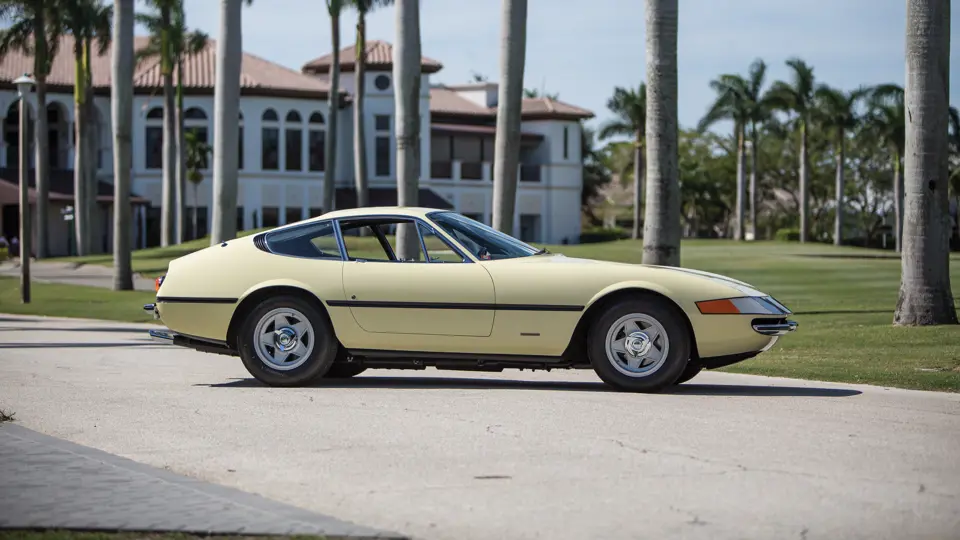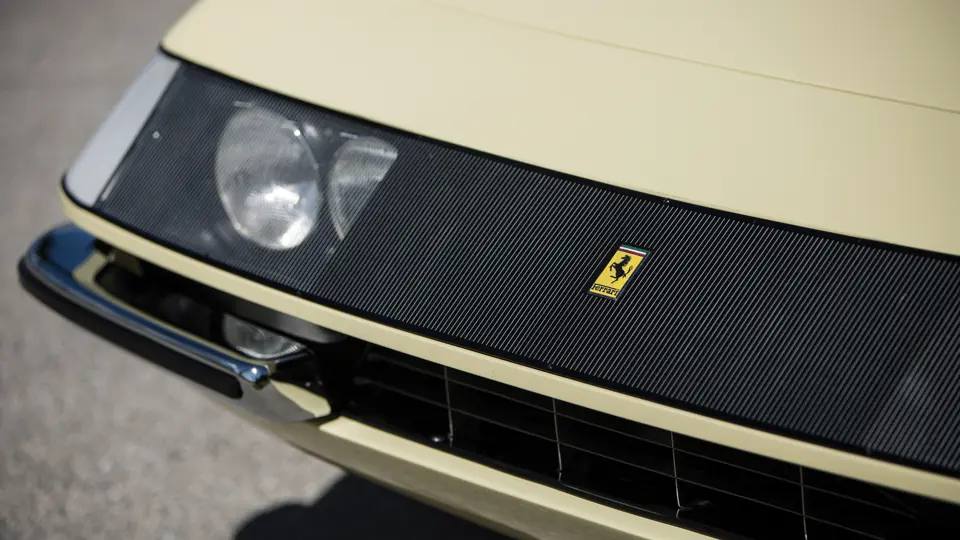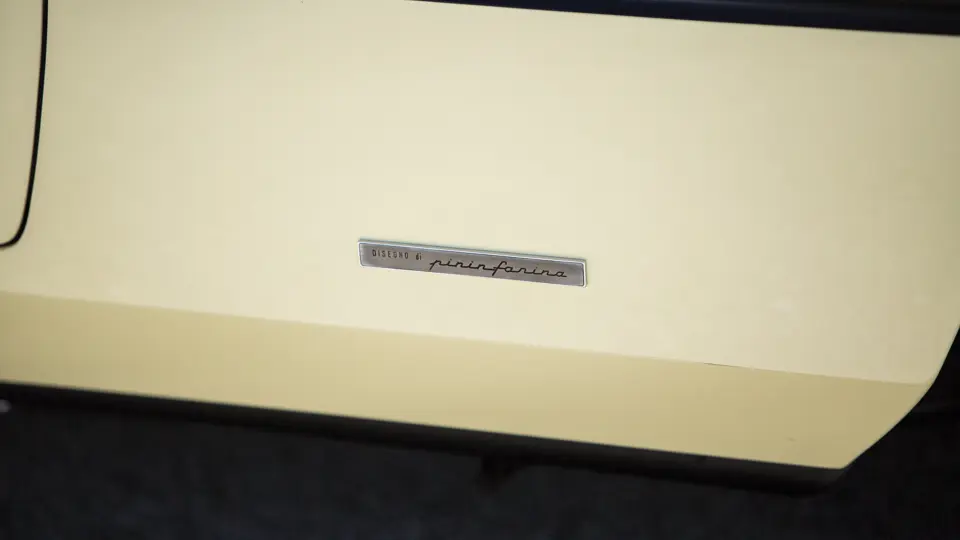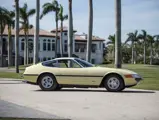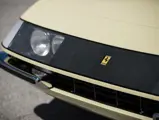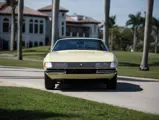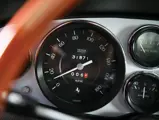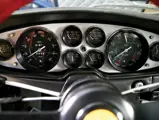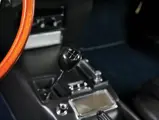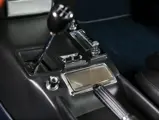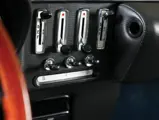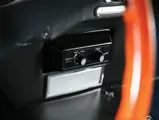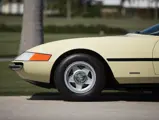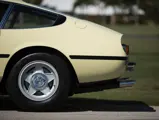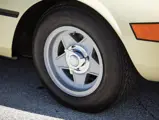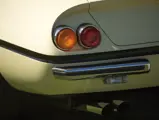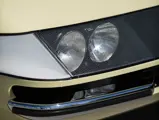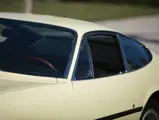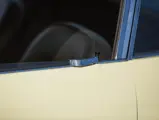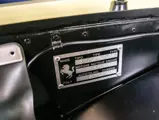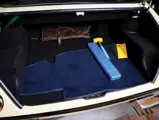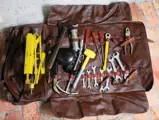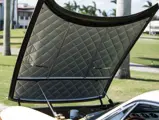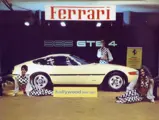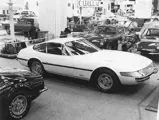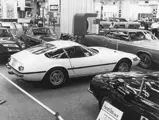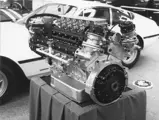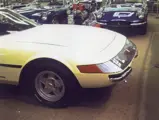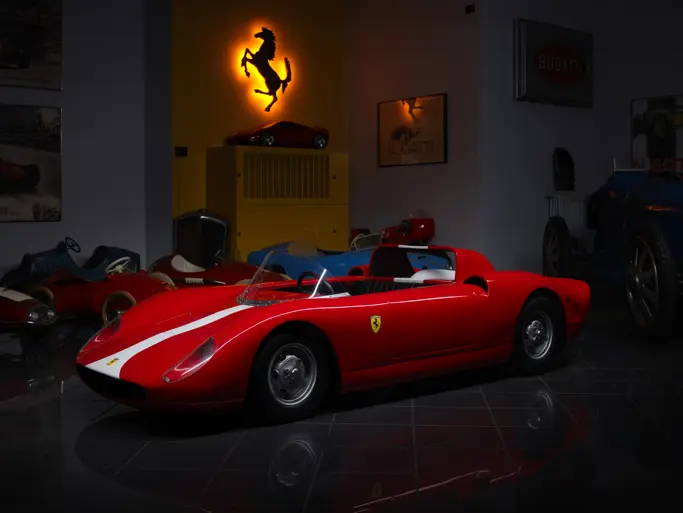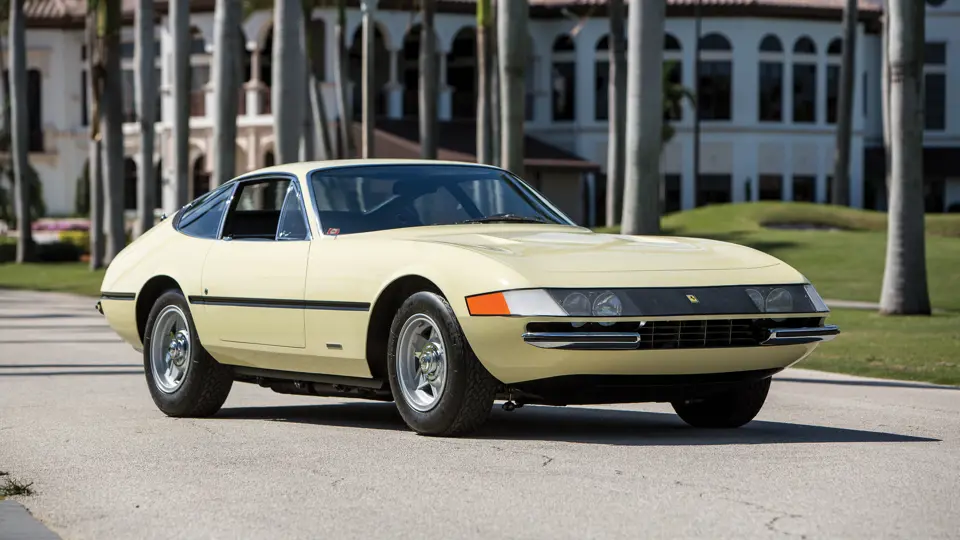
1969 Ferrari 365 GTB/4 Daytona Berlinetta by Scaglietti
{{lr.item.text}}
$1,400,000 - $1,700,000 USD | Not Sold
{{bidding.lot.reserveStatusFormatted}}
- The 1969 New York and Southern California Auto Show car
- Both the final prototype and the first production Daytona
- A unique car with many special detail differences from later-production examples
- Award-winning restoration in its original color scheme
- Exhaustively documented
- Ferrari Classiche certified
The 365 GTB/4 Daytona was, quite simply, the automobile that defined a generation of sports cars. There were other great Ferraris during this period, of course, but none latched onto the public’s consciousness quite so much. It was, in fact, the first model that would achieve widespread cultural fame. There were television series, movies, race victories, and innumerable magazine and music video appearances, but all of it began with the auto shows, where the amazing Fioravanti styling made it an absolute rock star that no one could miss or wanted to miss.
INTRODUCING THE NEW U.S.-SPECIFICATION FERRARI
The first event at which most Americans saw a Daytona was the New York Auto Show in March 1969, and the car that they saw was this one, chassis number 12301. Noted by the factory and historians as the first production 365 GTB/4, it was, at the same time, the final prototype, as many details of the design were still being evolved into completion, as well as the first U.S.-specification, road-legal version of the new V-12 “supercar” from Ferrari.
Accordingly, very little of chassis 12301 translates to a production Daytona. The chassis itself is neither fully type 563 (275 GTB) or type 605 (365 GTB/4) and bears two chassis numbers, an original and authentic feature, as one had to be visible for U.S. regulations.
The body shape, at first blush, appears identical, including the early “Plexi” lights, but virtually every panel is subtly different, including a more flat roofline; one-piece cast window frames with differently dimensional glass; and delicate, thinner bumpers. The front body cowl was finished in body color and the trunk hinges chromed. The dashboard was aluminum, rather than fiberglass, with a black anti-reflective steering wheel, to meet anticipated U.S. standards, and the “stripes” on the seats are of a special full-width design. To view them, pull a door handle – installed backwards in haste to get to the New York show.
So much was still being considered when the Giallo Dino car arrived in the U.S. that spring, it did not yet have a U.S.-legal engine; one with smog equipment was instead displayed alongside it in New York. It was then covertly fitted with a Euro-spec engine, which remains, by the time of its exhibit at the Southern California International Auto Show that November. Photographs show that it appeared at the SCIAS two years in a row, in both 1969 and 1970, drawing crowds both years.
THE LIFE OF A “PROTOTIPO”
The car was subsequently delivered to the television producer Greg Garrison, a longstanding Ferrari customer and personal friend of Enzo Ferrari, who took delivery of it in Italy. Such was Garrison’s legendary status at the factory that he was given the rare opportunity to specify unique design touches and colors, or to personally request the first or last of a model run for his collection. In all likelihood this Daytona, as the West Coast auto show car and a unique prototype, was marked for delivery to Garrison overseas even before the show was over. It had no problem being legalized for the road despite being of full “Euro” specs; such was Greg Garrison’s “pull.” So much for U.S. regulations!
After a time in Garrison’s stable, the Daytona passed to Jack Kent Cooke, the millionaire broadcasting tycoon most famous as owner of the Los Angeles Lakers and Washington Redskins, then to Jackie C. Fiser of Beverly Hills. Ms. Fiser sold the car in 1979 to Bill DeCarr of Bellflower, California, for $34,000, not an insignificant sum for a “used” Daytona – indicating that its special status was already recognized.
Mr. DeCarr would maintain the car for the next 27 years before it was acquired by marque specialist and FCA master judge Tom Shaughnessy, then, several years later, by the consignor. Recognizing the significance of the car, the owner commissioned its full restoration by a team of West Coast marque specialists, under Shaughnessy’s direct supervision. Exhaustive research allowed all of the unique original details to be faithfully restored. Work was finally completed in 2009, after which the car was exhibited in Ferrari Club of America judging, earning two Platinum awards. It has been an occasional showstopper ever since, most recently at the Ferrari 70th Anniversary celebration at the Pebble Beach Concours d’Elegance, helping to firmly cement its legendary status.
Accompanying the car are a large collection of documentation of its special features, auto show appearances, and ownerships, as well as factory books, tools, and full Ferrari Classiche certification. All of this material is strongly recommended for review by potential buyers, and the restorer will be onsite to answer all questions by prospective buyers.
For American enthusiasts, this is the automobile that sparked what has become a nearly half-century-long fascination. It marks the final prototype evolution and the first production example of a legendary model, as well as the first U.S.-legal V-12 Ferrari “supercar” of modern times. It bears the ownership of one of Ferrari’s most famous and revered customers, a man for whom only the most special and unique examples were suited. It wears a restoration that is true to its fascinating story and which has been honored by the foremost authorities.
It is, quite simply, a star . . . the purpose for which it was built.


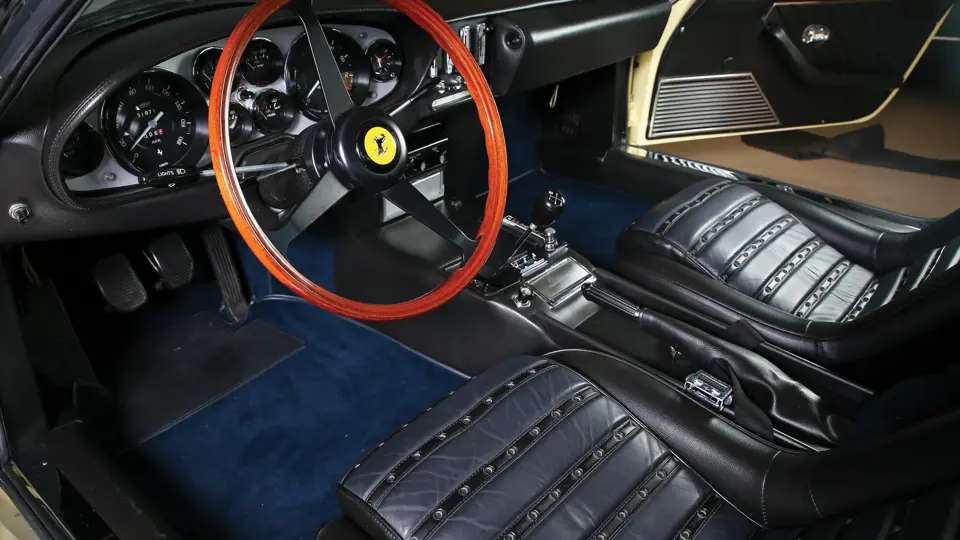

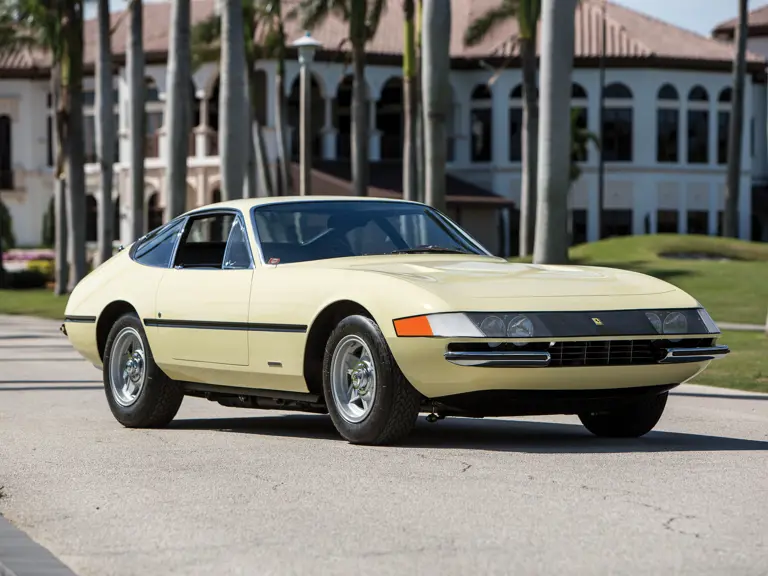





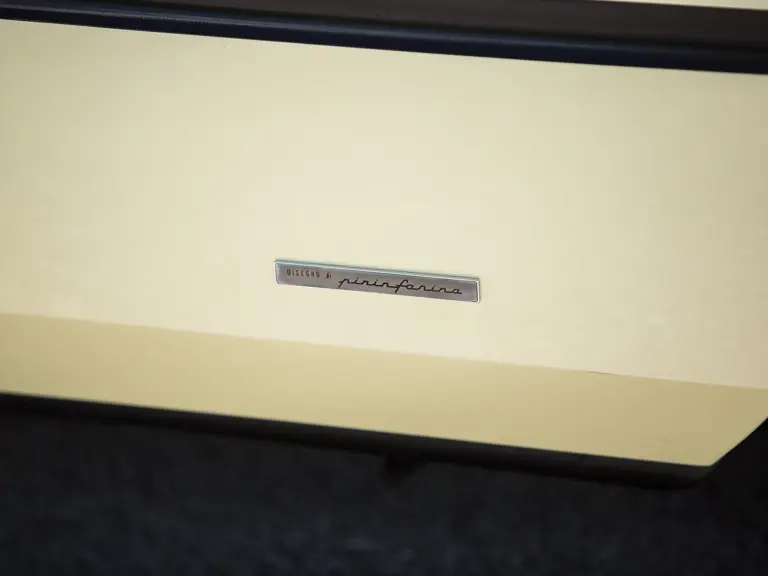
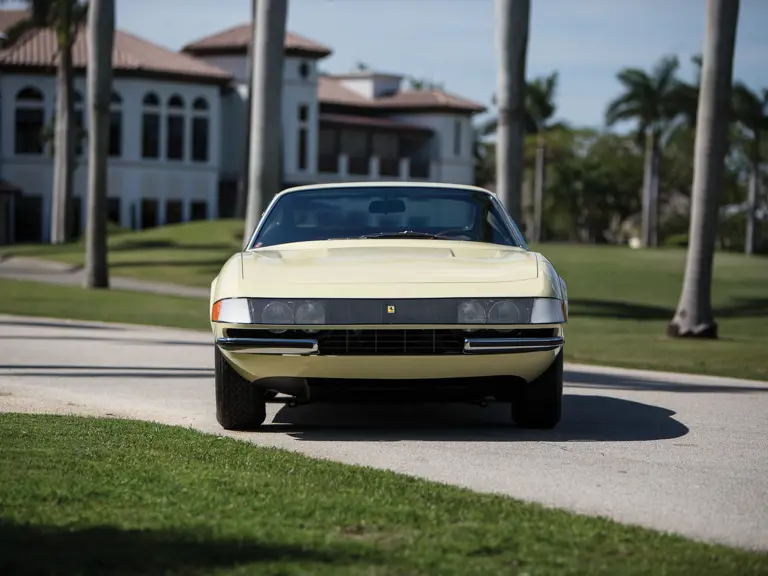



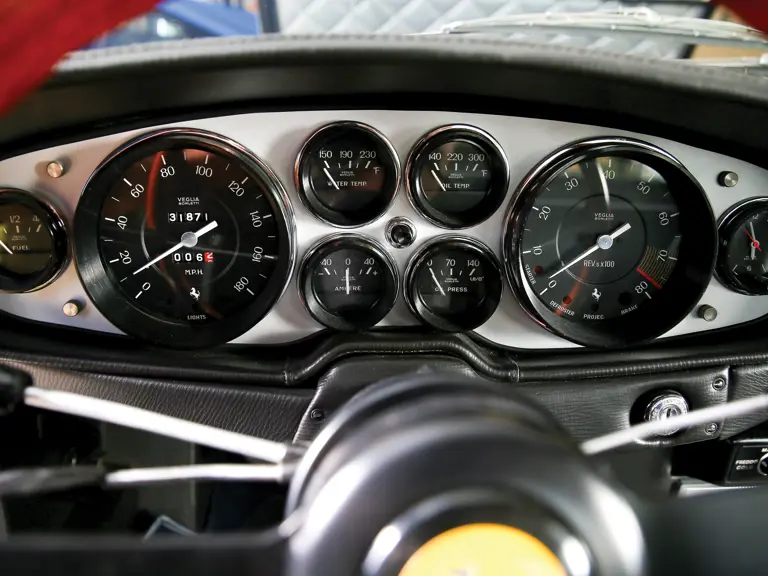
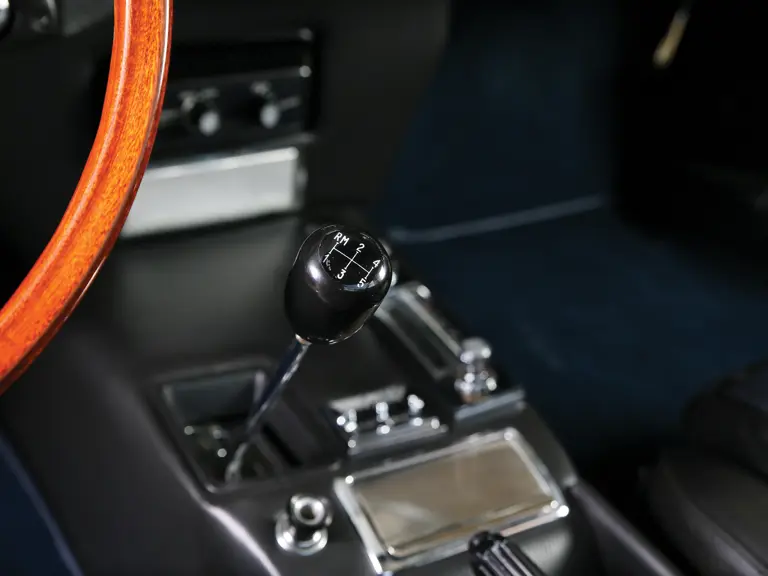

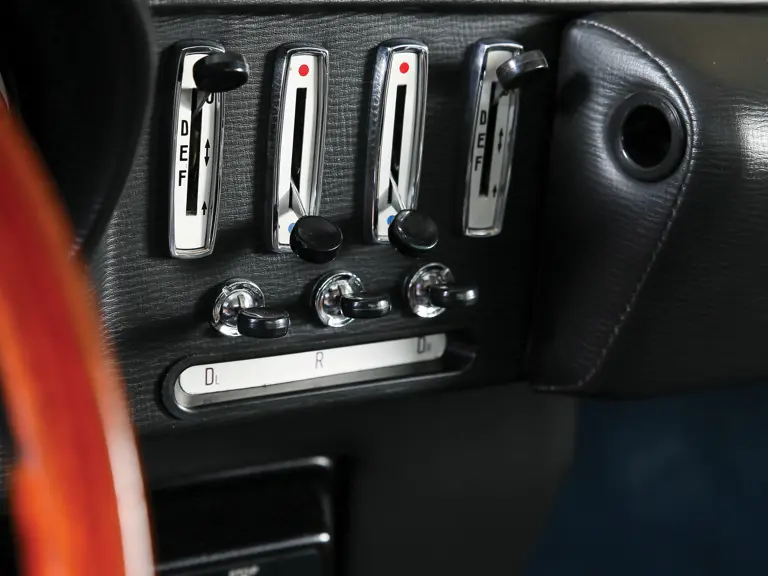
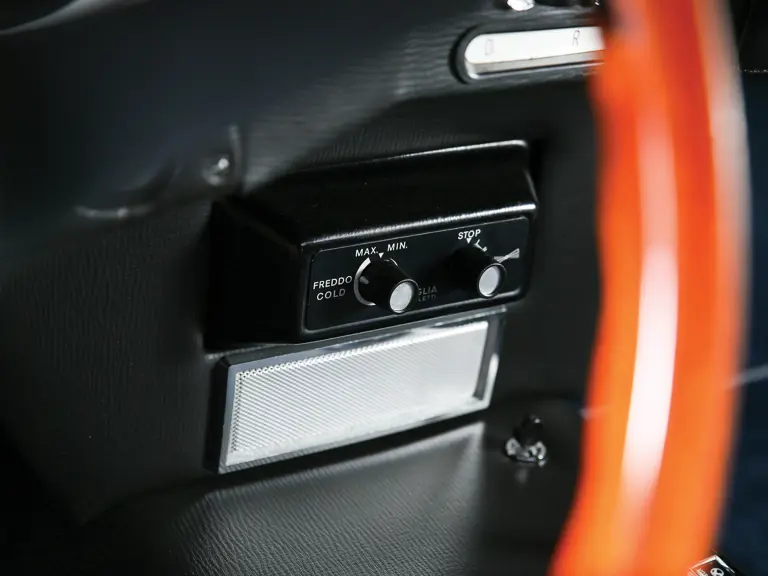

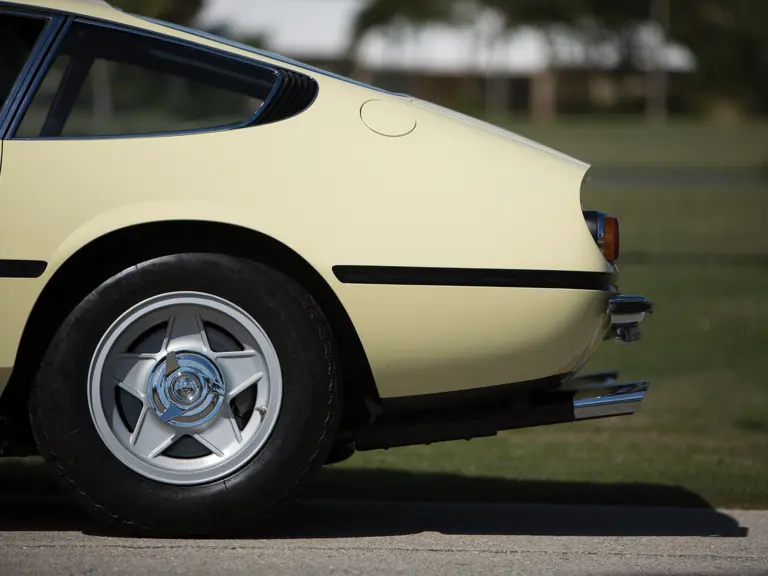
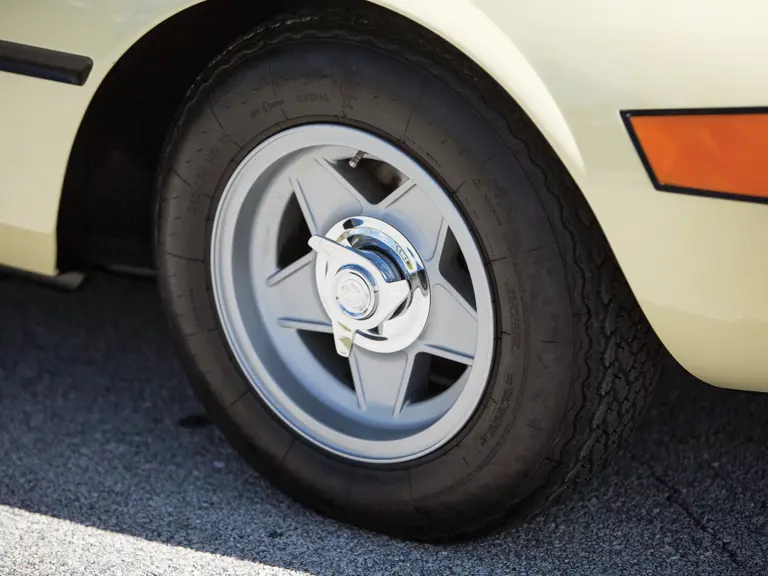


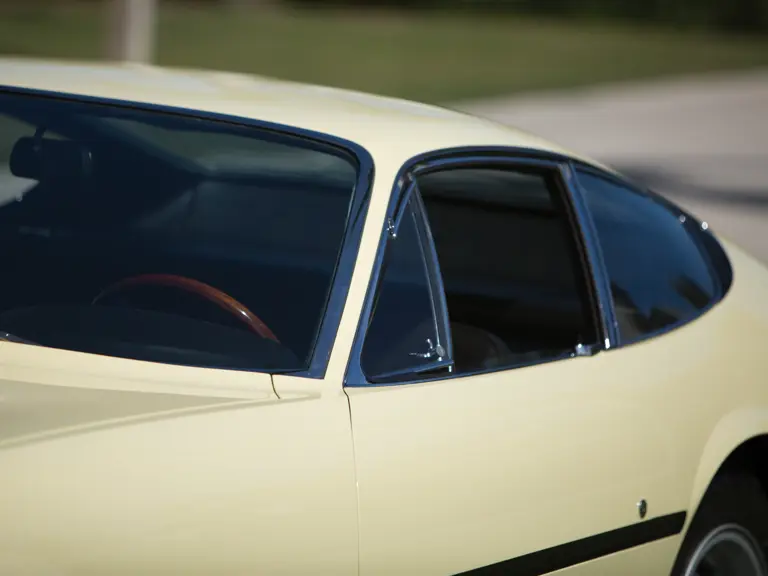
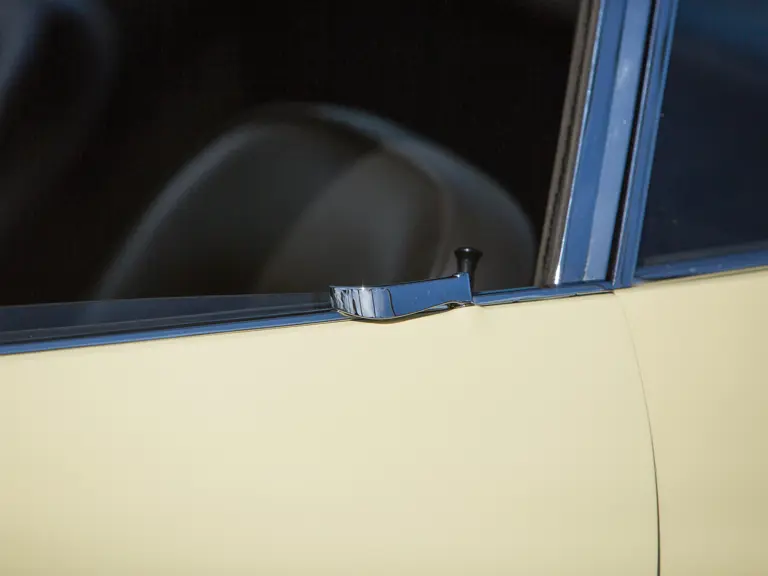
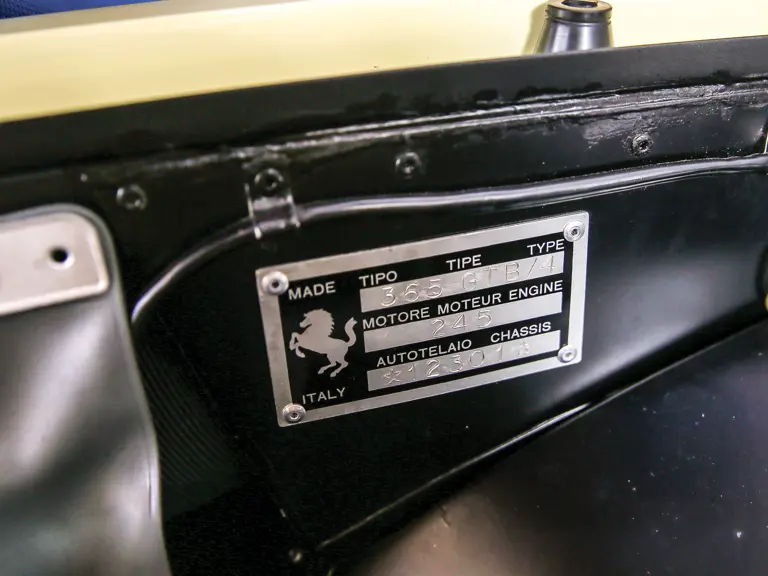

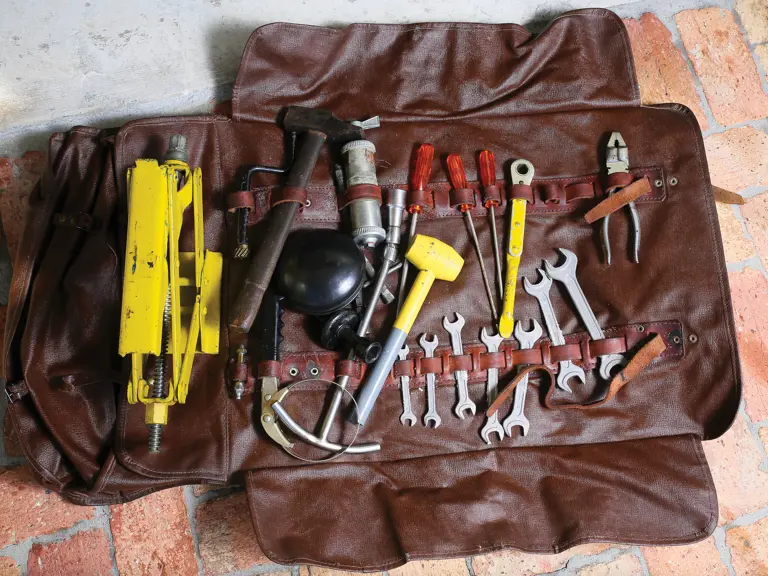
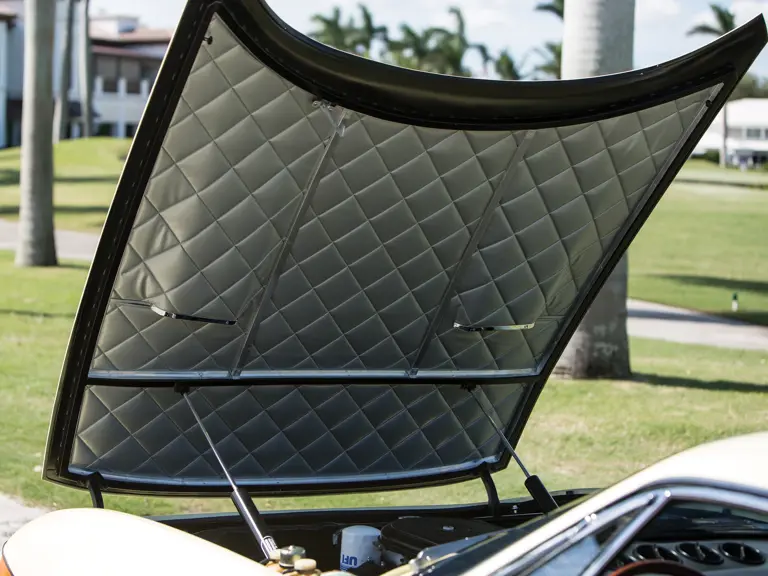
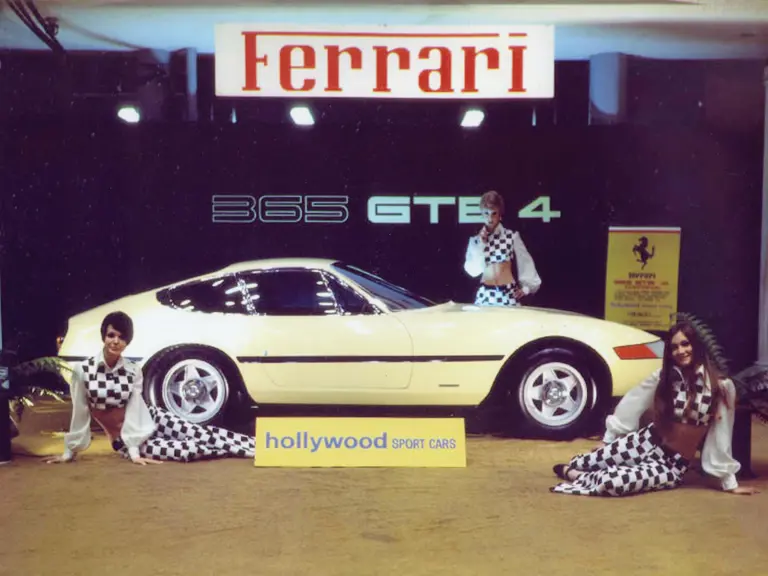
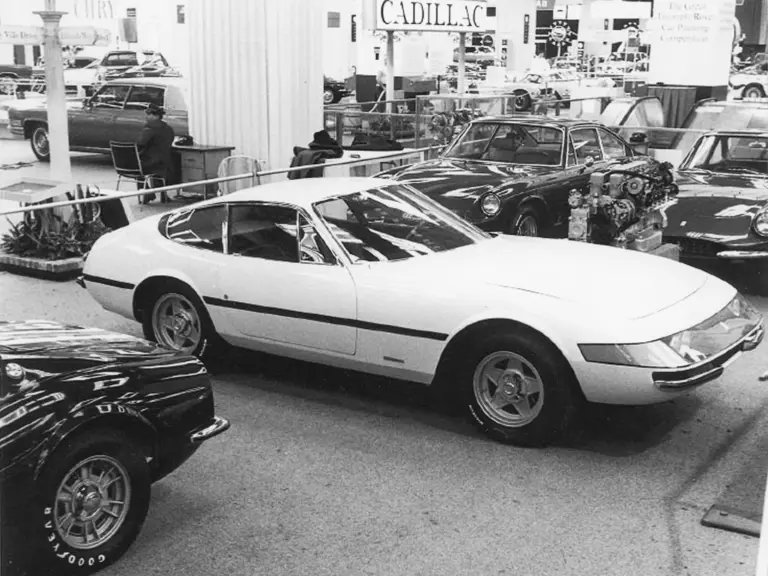
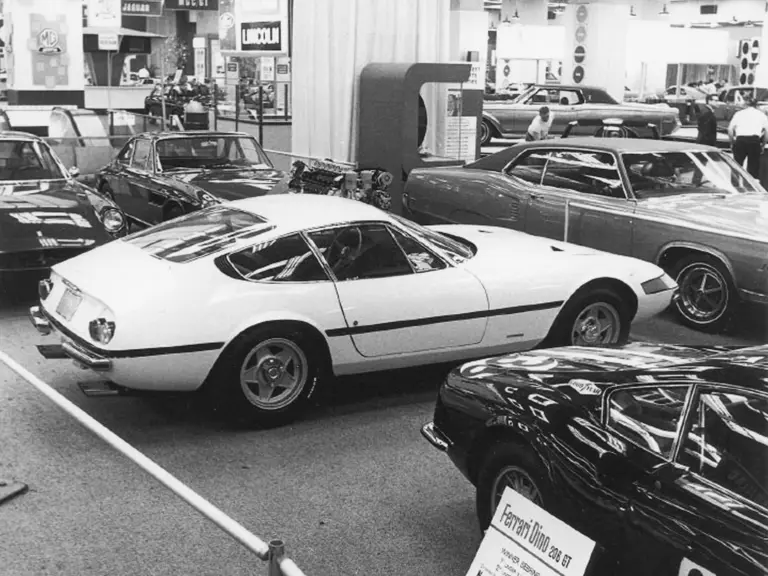
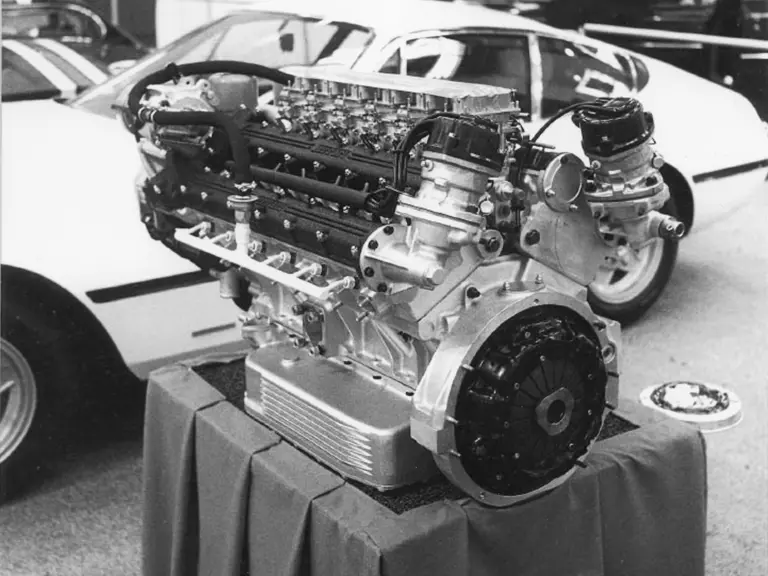
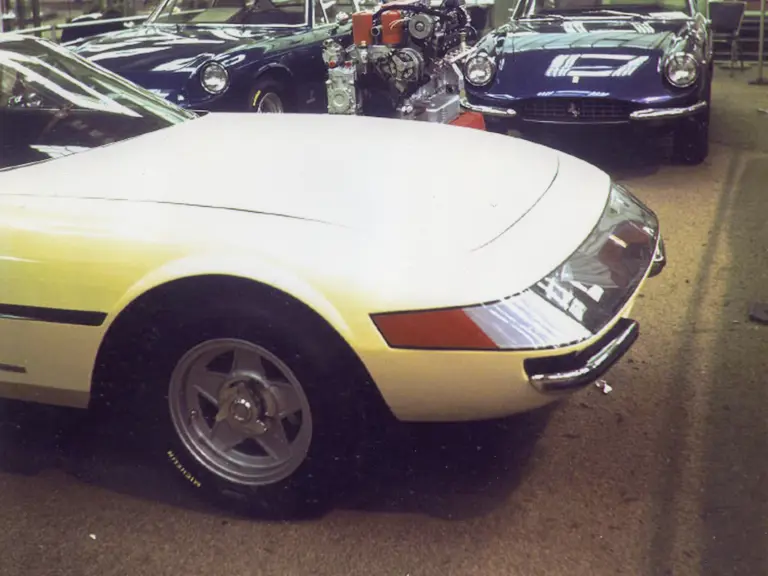
 | New York, New York
| New York, New York
